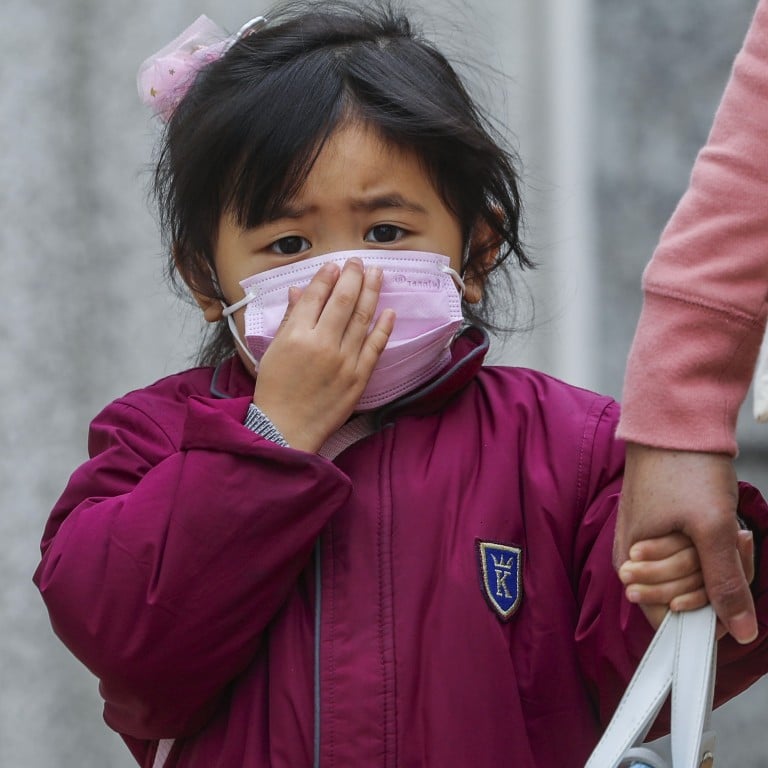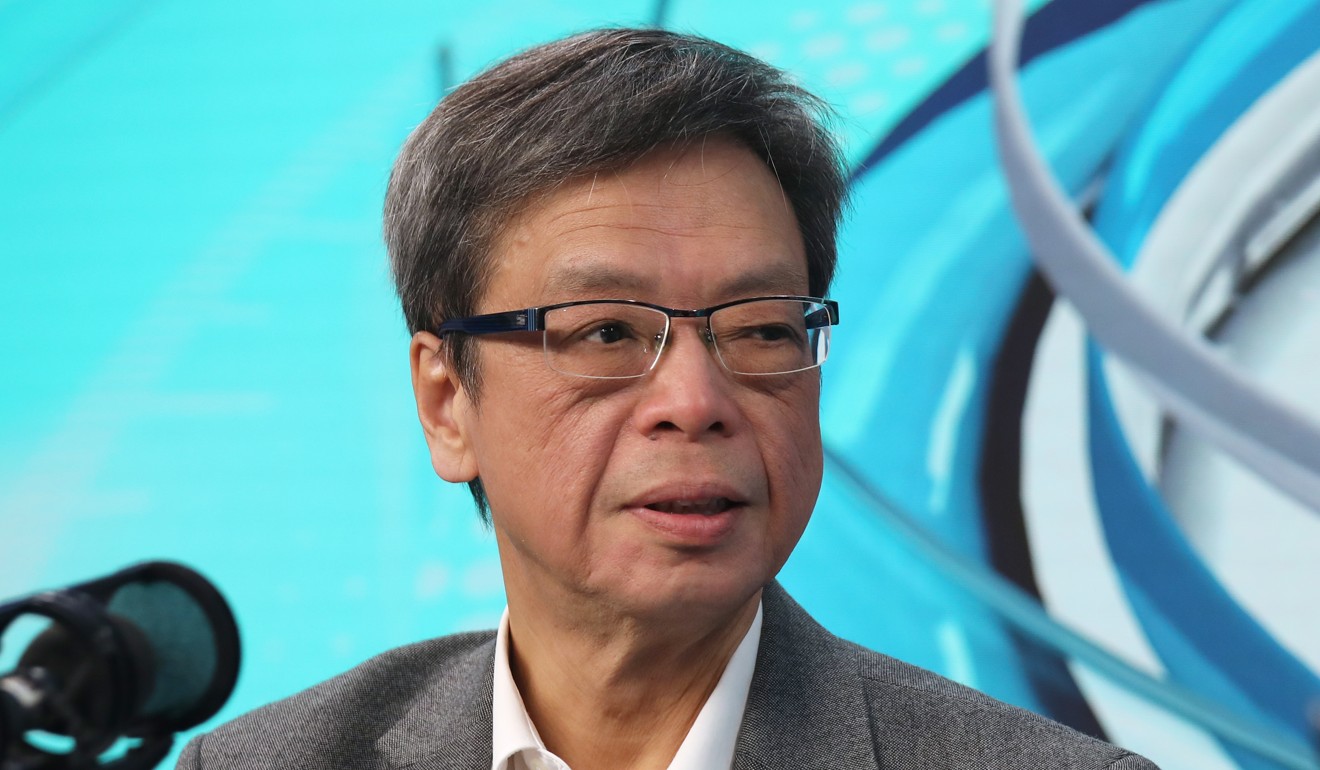
Coronavirus measures help Hong Kong flu season end early
- Better hygiene practices, work from home, school closures, rigorous testing, and wider vaccination coverage are among factors that made influenza less fatal
- Number of deaths more than halved at 113 this year from 356 in 2019, while intensive care unit admissions dropped from 601 to 182
Health experts have said social distancing and increased awareness resulting from the coronavirus pandemic helped end Hong Kong’s winter influenza season nine weeks earlier this time than last year, but 113 people still died of the flu.
The number of deaths in the city more than halved from 356 in 2019, while intensive care unit admissions dropped from 601 to 182.
By Wednesday afternoon, the city reported 410 Covid-19 infections, including four fatalities.
The Centre for Health Protection said Hong Kong’s annual flu season lasted only about five weeks this year – from January 5 to February 8.
“The influenza peaked around late January, before starting to decrease continuously. In early February, it returned to the baseline level,” a spokesman for the centre said.

That was shorter than the 14 weeks recorded last year, between December 30, 2018, and April 6, 2019.
Health authorities had found positive results in 18.76 per cent of respiratory specimens, down 11.34 points from 30.1 per cent at last year’s peak.
Hong Kong has flattened the coronavirus curve but can it stay the course
The dominant virus in this influenza season was influenza A (H1), accounting for around 80 per cent of infections, followed by A (H3), at around 16 per cent, and very few influenza B positive detections.
Epidemiologists said the city had been able to avoid the double whammy of influenza and the coronavirus outbreak largely because of social distancing measures and heightened vigilance caused by the pandemic.
Infectious disease expert Dr Joseph Tsang Kay-yan said class suspensions in kindergartens, schools, and universities, in force since the Lunar New Year holiday ended on February 3, as well as work-from-home arrangements and cancellation of large-scale public events, had played a big role in curbing the spread of the flu.
“Seasonal influenza was earlier proved to spread quickly among schoolchildren,” he said.
We saw coronavirus infections rebound very quickly after some citizens seemed to have let down their guard and started going out and about again
Better personal and environmental hygiene practices, such as wearing masks and using hand sanitisers, also helped.
“The coronavirus outbreak has seen a lot of collateral damage, but this is a collateral benefit,” Tsang said.

Another factor according to him that helped bring a swift end to the winter flu was an expansion of the vaccination programme among people, with more than 1.3 million doses administered by the government this year – a year-on-year increase of 17 per cent.
Dr Leung Chi-chiu, chairman of the Hong Kong Medical Association’s advisory committee on communicable diseases, echoed Tsang’s comments and said good public health practices had helped break down “invisible routes of transmission” by subclinical patients in the community.
He also pointed to the sharp fall in influenza infections after the first coronavirus case was reported in the city on January 23.
More rigorous testing this year has helped us contain the seasonal influenza too
Leung added travel restrictions had also helped lower imported infections. But he said the city still needed to guard against a potential resurgence of the seasonal influenza, particularly influenza B, since there was low herd immunity in the community as fewer people had been infected with that strain of the virus.

“We saw coronavirus infections rebound very quickly after some citizens seemed to have let down their guard and started going out and about again,” Leung said.
The flat influenza curve allowed the city to concentrate on battling the deadly coronavirus, Leung said.
“Otherwise our public hospitals would have been overwhelmed fighting two wars on two fronts at the same time,” he added.
Dr Ho Chung-ping, the association’s president, said while business at the city’s private clinics, including those from influenza cases, was down 50 per cent on average, many had flocked to public facilities to get tested when they presented symptoms such as a fever and cough.
“More rigorous testing this year has helped us contain the seasonal influenza too,” he said.
Purchase the China AI Report 2020 brought to you by SCMP Research and enjoy a 20% discount (original price US$400). This 60-page all new intelligence report gives you first-hand insights and analysis into the latest industry developments and intelligence about China AI. Get exclusive access to our webinars for continuous learning, and interact with China AI executives in live Q&A. Offer valid until 31 March 2020.
